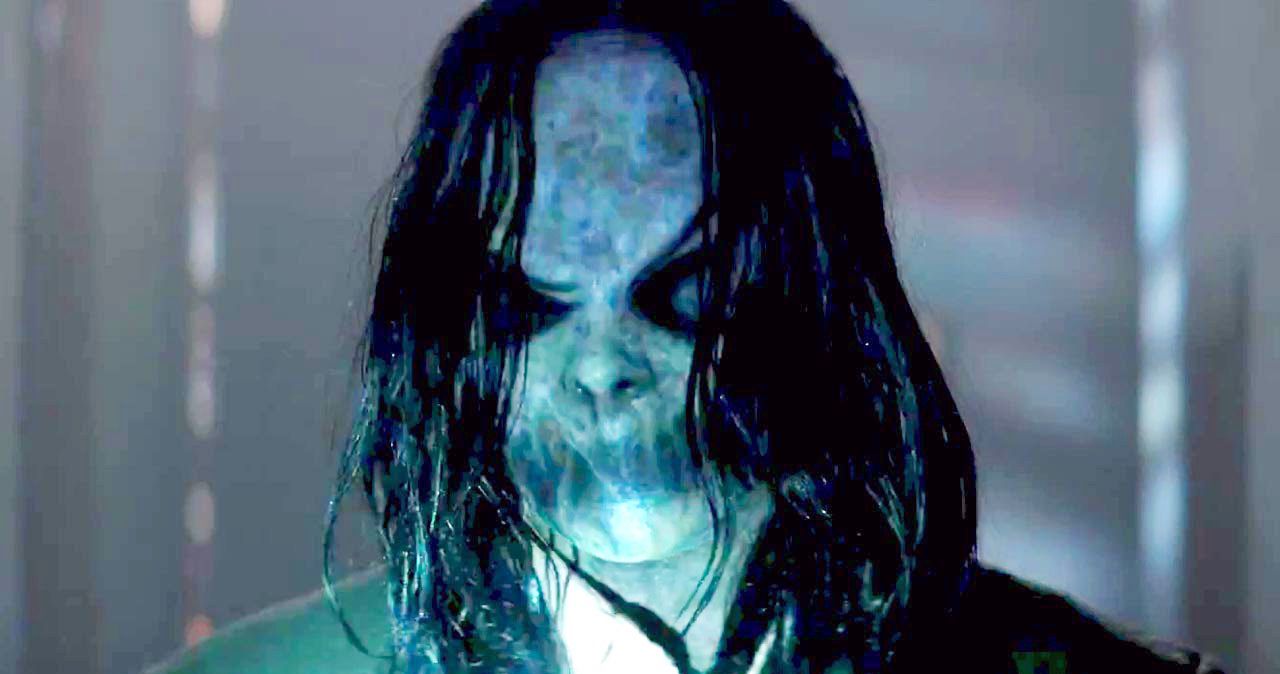In news that is sure to provide as many shocked gasps as any self-respecting horror story, director Scott Derrickson's 2012 horror hit, Sinister, has been crowned the scariest movie of all time according to a scientific study. This surely begs the question; can science really be trusted when it comes to these sorts of things?
The study has been dubbed the "Science of Scare Project," and involved participant's heart rates being tracked while watching over 100 hours of scary movies. Each member of the test audience was fitted with a heart rate monitor to see how much their heart rates rose on average during each movie compared with their resting heart rates. The study was conducted on a total of 50 people across a variety of age ranges, with Sinister emerging as the most frightening cinematic experience that they faced.
Directed by Scott Derrickson, who took to social media to celebrate the result, Sinister follows true-crime writer Ellison Oswald (Ethan Hawke) who has found himself in a bit of a slump. He hasn't had a best seller in more than 10 years and is becoming increasingly desperate for a hit. So, when he discovers the existence of a snuff film showing the deaths of a family, he vows to solve the mystery. He moves his own family into the victims' home and gets to work. But, when old film footage and other clues hint at the presence of a supernatural force, Ellison learns that living in the house may prove to be fatal.
The movie was a huge financial success, grossing $87.7 million against its budget of $3 million, and spawned a sequel, but is it really the scariest horror flick of all time?
Daniel Clifford, the man behind the inevitably polarizing study, said that "with more people than ever facing a Halloween at home, our Science of Scare study was designed to help people find the most scientifically scary films ever made, to save them the time of searching through thousands of titles across streaming services like Amazon, Netflix and Shudder."
The average resting heart rate of the participants was 65 BPM (beats per minute), but while watching Ethan Hawke take on Sinister's spiritual pest, Bagul, heart rates rose by 32%, all the way up to 86 BPM, the highest recorded throughout the study.
Director James Wan's supernatural horror Insidious took second place, and featured the biggest jump scare, raising heart rates to a whopping 133 BPM. Anyone who has seen Insidious likely knows exactly which moment that was...
Following Sinister and Insidious, the top ten were The Conjuring, Hereditary, Paranormal Activity, It Follows, The Conjuring 2, The Babadook, The Descent and The Visit. Additionally, director James Wan, who scored three movies in the top ten, was crowned the overall "king of horror."
Now, it is worth noting that the study has several flaws. Alongside its very small sample size, the study was limited to only choosing movies from the 50 highest-rated horror movies according to outlets like IMDB, Rotten Tomatoes and Reddit, which is perhaps why all the top ten are relatively modern. Nonetheless, the "Science of Scare Project" yielded some interesting results and should at least provide a jumping off point for anyone looking for a frightening cinematic experience this Halloween. The study was conducted by broadbandchoices.co.uk.

